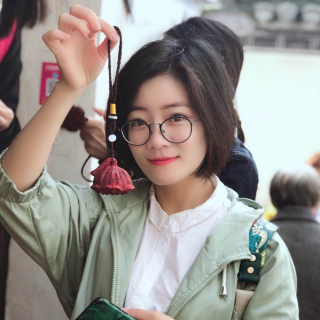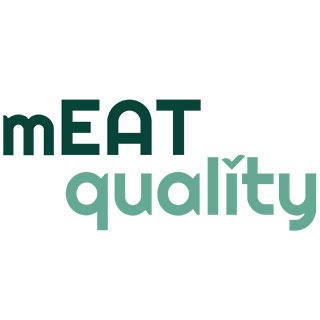


Summary of swine influenza (2/2)

Summary of swine influenza (1/2)

Diagnosis of skin diseases (2/2)

Diagnosis of skin diseases (1/2)

Differential diagnosis of nervous diseases in the pig
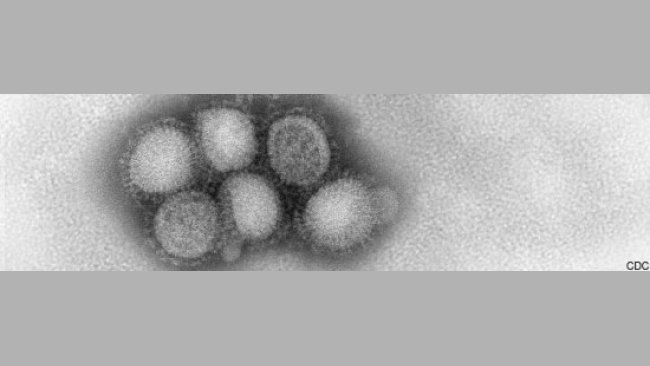
North American H1N1 influenza update
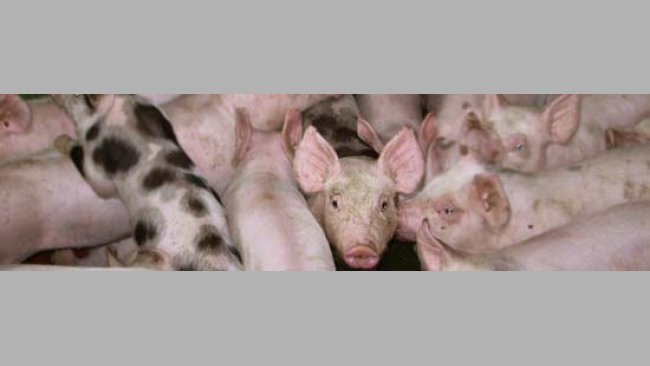
Swine influenza: epidemiology and emergence of new viruses

North-American human influenza

Diseases in Europe (2 of 2)
There are consistent strains of Streptococcus suis usually types 1 and 2 across Europe but the other strains vary from country to country.
Diseases in Europe (1 of 2)

Foot and Mouth lessons for Europe
It is essential that veterinarians update their knowledge and educate livestock farmers and employees to familiarize themselves with exotic diseases, such as foot-and-mouth disease or ASF, since their detection requires knowledge of them.
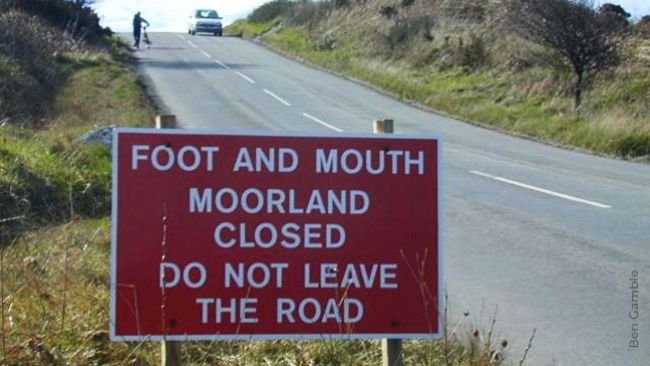
Foot and Mouth Disease 2001
The appearance of Foot and Mouth Disease Type 0 (Asian types) in the United Kingdom shortly after the occurrence of Classical Swine Fever has generated a very deep crisis in United Kingdom livestock industry. The occurrence of the two so soon after one another, and both supposedly originating from the same part of the world suggests that there have been changes in the patterns of food importation into the UK that have allowed these strains to enter.




